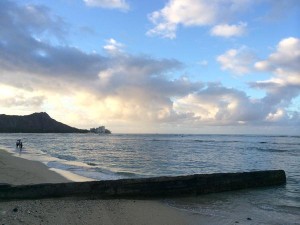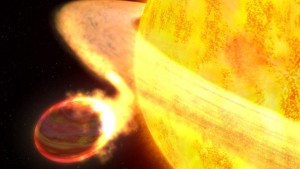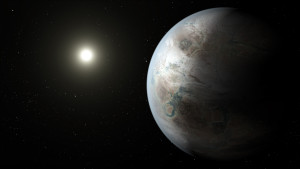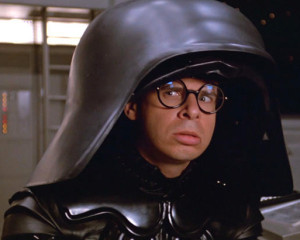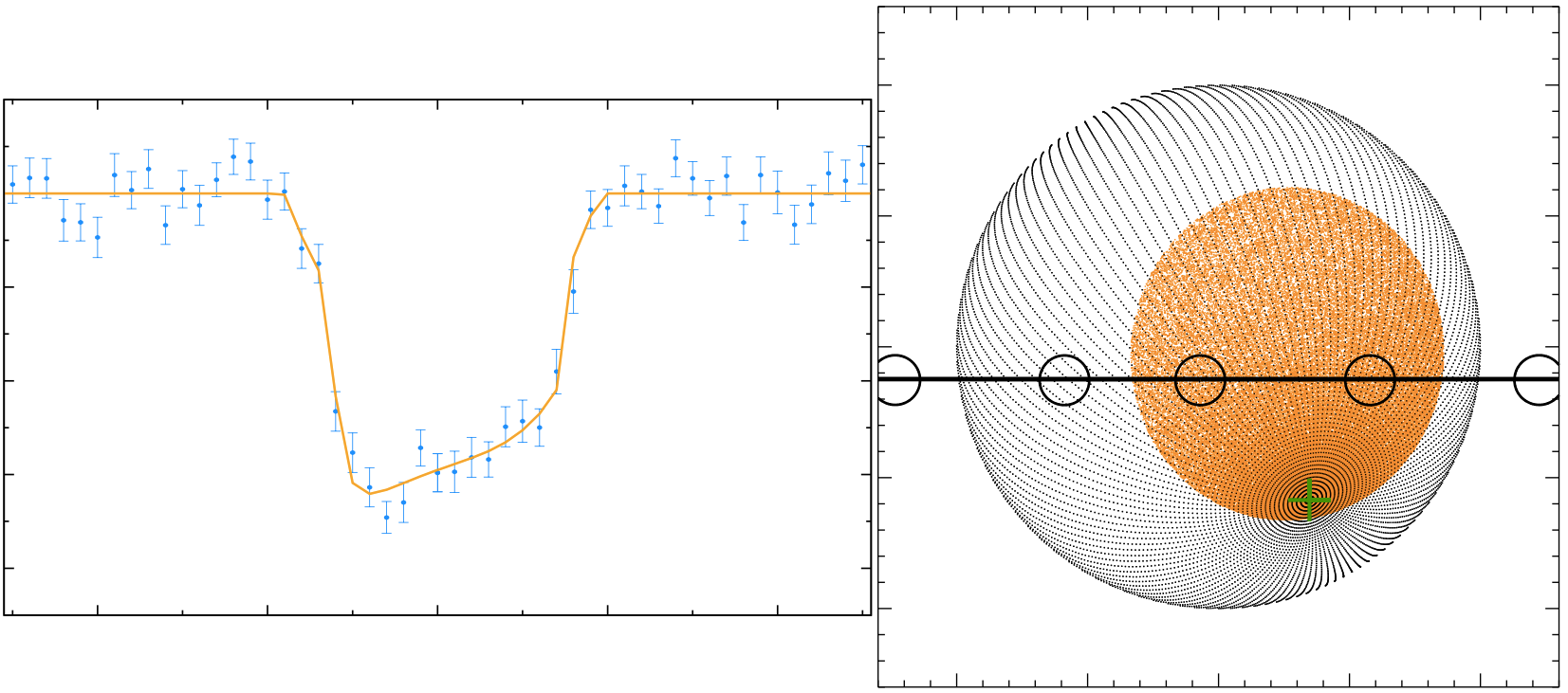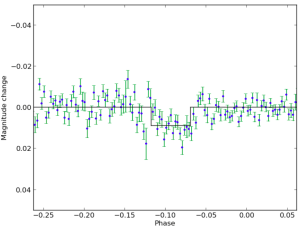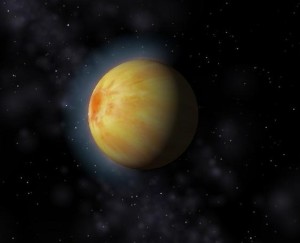 Day 2 of the IAU meeting was very busy, with lots of great talks and presentations. Two events, in particular, stood out to me, though.
Day 2 of the IAU meeting was very busy, with lots of great talks and presentations. Two events, in particular, stood out to me, though.
The first was a session on Highlights from Space Missions, which had a focus on results from the Dawn and Rosetta missions.
The Dawn mission visited the asteroid Vesta and is currently in orbit around Ceres, the largest asteroid in the asteroid belt and a world in its own right. By way of highlighting the recent results, the mission PI, Prof. Chris Russell, presented breath-taking images and movies from the mission. I’ve included some below.
The first movie is of a bright mountain on the surface of the asteroid Ceres called The Pyramid.
The second movie shows Occator crater with its mysteriously bright central … thing. The Dawn mission team is speculating that the bright spot is some kind of exotic salt deposit, based on its reflectance spectrum, but they’re not really sure what it is yet.
Next up, Dr. Sierks showed highlights from the the Rosetta mission, which is visiting Comet 67P and dropped the Philae lander last year onto the comet’s surface, also with mind-blowing movies.
The first movie shows the comet’s rotation, revealing its voluptuous shape.
The next movie shows how the comet’s rotation causes its jets to curve, as the icy vapor escapes into space.
And the final movie (poorly focused unfortunately) shows the cosmic snow erupted into interplanetary space by the comet’s jets. These particles actually represent a hazard to the spacecraft and make it difficult for its operators to orient the spacecraft since they use background stars to figure out how it’s oriented. As a result, the spacecraft was moved to a more distant, safer orbit after these images were collected.
In the evening, IAU hosted an event at which they invited the public to vote on names for 20 known exoplanet systems. Just since last night, the number of votes has gone from zero to more than 15,000.
